10 Fascinating Facts You Never Knew About Sushi Etiquette & Origins
Sushi, a culinary art form that has transcended its Japanese origins to become a global phenomenon, is more than just a delightful dish; it is a tradition steeped in history, etiquette, and cultural significance. This article embarks on a journey to unravel the secrets behind sushi, exploring surprising facts about its etiquette and origins that even seasoned sushi enthusiasts might not know. From the meticulous preparation techniques to the nuanced dining customs, sushi is a testament to the Japanese dedication to perfection and harmony. The allure of sushi lies not only in its flavors but also in its presentation and the rituals surrounding its consumption. Each piece of sushi is a harmonious blend of taste, texture, and artistry, crafted with precision and care. Understanding sushi's origins and etiquette enriches the dining experience, transforming a simple meal into a cultural journey.
1. The Historical Journey of Sushi
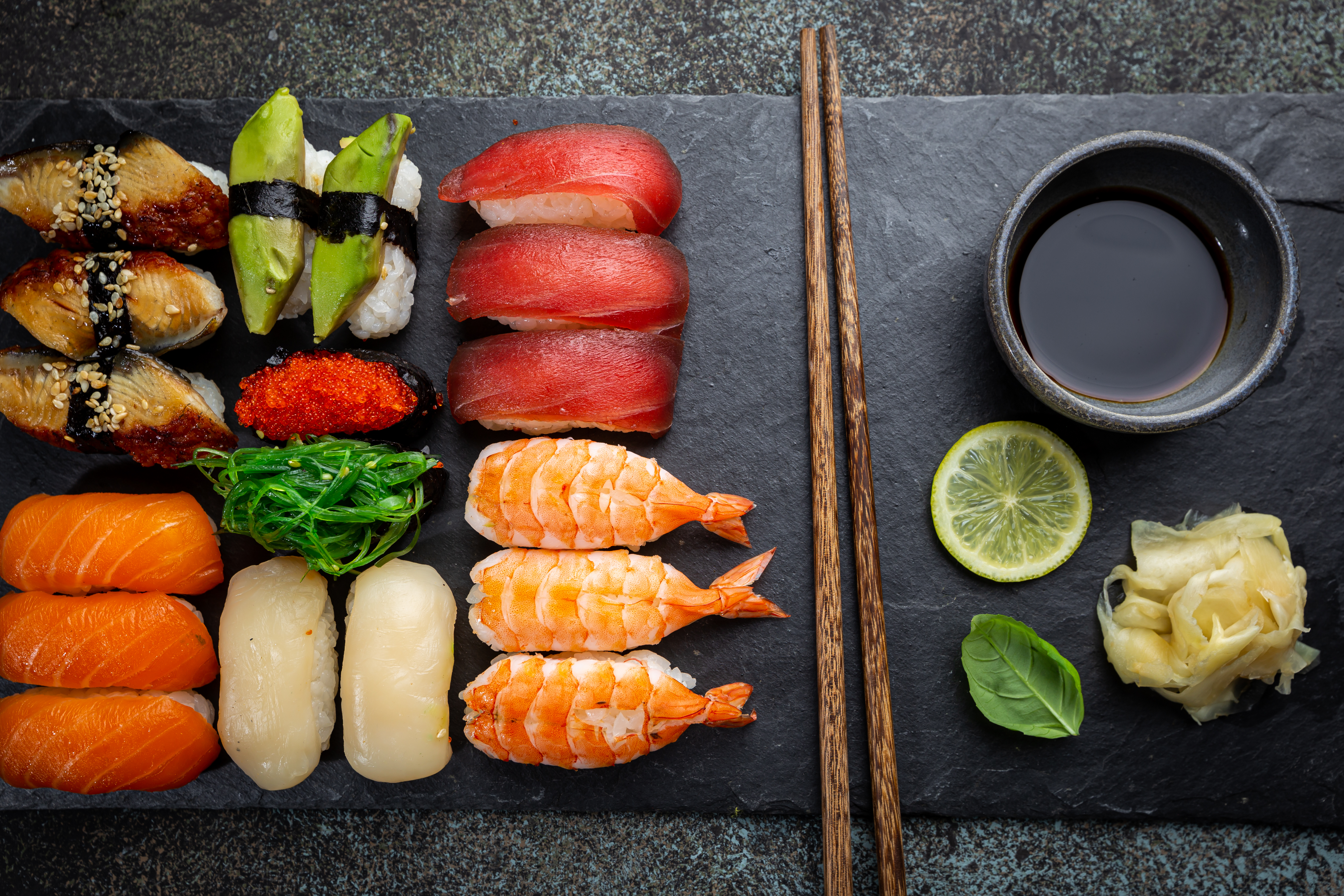
Sushi's history is as rich and varied as its flavors, tracing back over a thousand years to ancient Asia. Initially, sushi was a method of preserving fish in fermented rice, a practice that originated in Southeast Asia and gradually spread to Japan. This early form of sushi, known as narezushi, was quite different from the sushi we know today. The fish was fermented for months, and the rice was discarded before consumption. This preservation technique was essential for maintaining food supplies before the advent of refrigeration. As time progressed, sushi evolved significantly. During the Edo period in Japan (1603-1868), a major transformation occurred with the development of haya-zushi. This new style allowed both the fish and rice to be consumed together, marking the beginning of sushi as a dish rather than just a preservation method. The introduction of vinegar to the rice further expedited the fermentation process, giving rise to the vinegared rice that is a hallmark of modern sushi. This evolution continued into the 19th century with the creation of nigiri sushi in Tokyo, where raw fish was placed atop small balls of vinegared rice, heralding the sushi we are familiar with today.
2. The Art of Sushi Preparation

Sushi preparation is an art that requires years of training and dedication. Aspiring sushi chefs, known as itamae, undergo rigorous apprenticeships, often lasting a decade, before they are considered masters of their craft. This apprenticeship is not merely about learning to slice fish or prepare rice; it involves understanding the philosophy and discipline behind sushi-making. The itamae must master the delicate balance of flavors and textures, ensuring that each piece of sushi is a perfect harmony of ingredients. The preparation of sushi rice, or shari, is a critical aspect of sushi-making. The rice must be cooked to the precise level of stickiness, seasoned with a blend of vinegar, sugar, and salt, and cooled to the ideal temperature. The selection and handling of fish are equally important. Sushi chefs must have an intimate knowledge of fish quality, seasonality, and cutting techniques to ensure the freshest and most flavorful sushi. The art of sushi is not just about the end product but also the meticulous process that transforms simple ingredients into an exquisite culinary experience.
3. Sushi Etiquette: The Do's and Don'ts

Sushi dining is accompanied by a set of etiquette rules that enhance the experience and show respect for the chef's craftsmanship. One of the fundamental aspects of sushi etiquette is the use of hands. While many diners opt for chopsticks, it is perfectly acceptable to eat sushi with your hands, especially nigiri. This practice allows for a more tactile connection with the food and prevents the delicate rice from falling apart. Soy sauce is another element that requires careful consideration. Sushi etiquette dictates that soy sauce should be used sparingly to avoid overpowering the fish's natural flavors. When dipping nigiri, only the fish should touch the soy sauce, not the rice. This practice prevents the rice from absorbing too much soy sauce and maintains the integrity of the sushi. Additionally, it is customary to eat sushi in one bite, allowing the flavors to meld together in the mouth. Observing these etiquette rules demonstrates an appreciation for the sushi chef's skill and enhances the overall dining experience.
4. The Role of Wasabi and Ginger
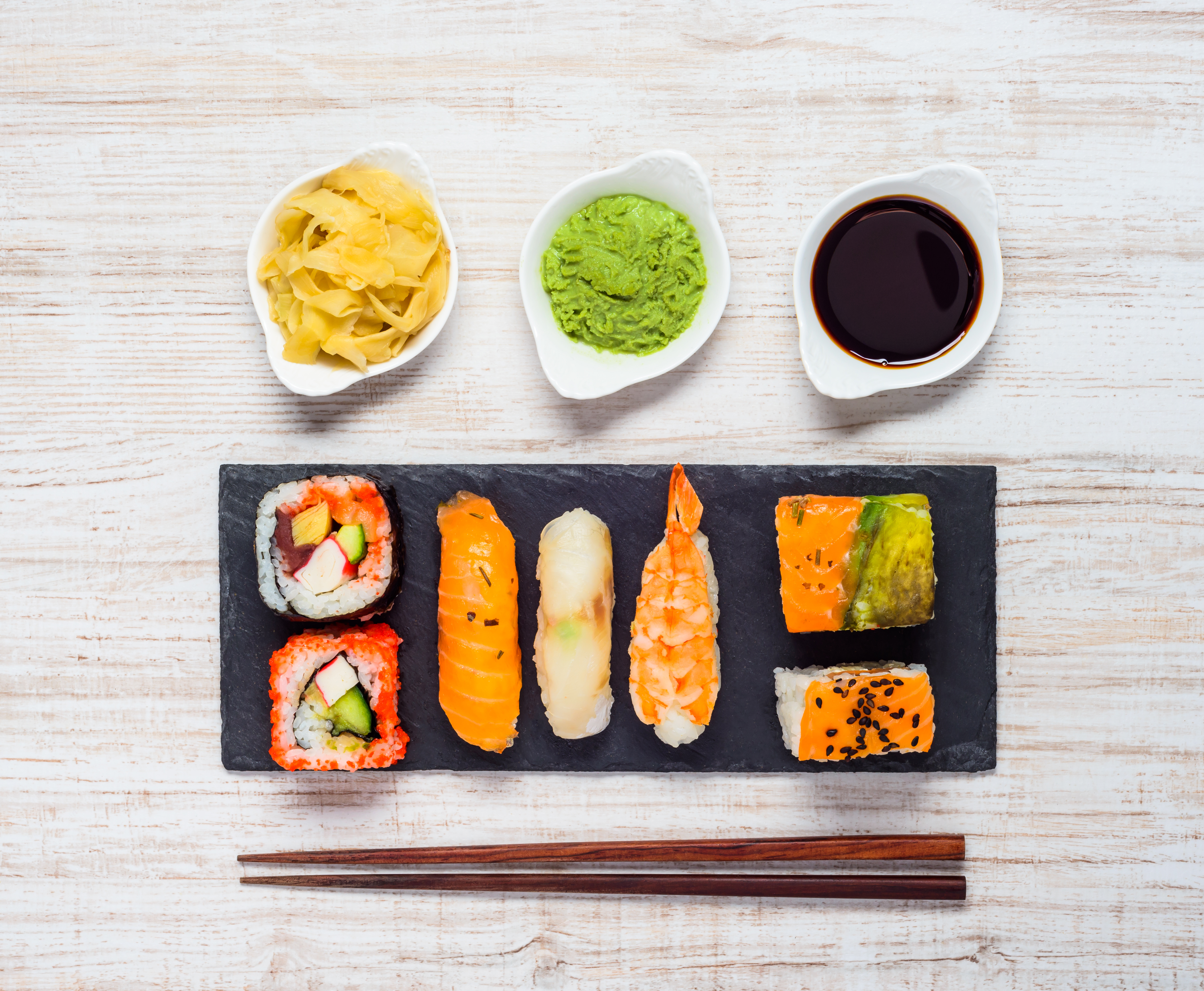
Wasabi and ginger are essential accompaniments to sushi, each serving a distinct purpose in the dining experience. Wasabi, a pungent green paste, is traditionally used to enhance the flavor of sushi and provide a spicy kick. However, the wasabi served in most sushi restaurants outside Japan is often a mixture of horseradish, mustard, and food coloring, as authentic wasabi is rare and expensive. When eating sushi, it is customary to place a small amount of wasabi between the fish and rice or mix it with soy sauce, depending on personal preference. Ginger, on the other hand, serves as a palate cleanser. Known as gari, the pickled ginger is meant to be eaten between different pieces of sushi to refresh the taste buds and prepare them for new flavors. It is not intended to be eaten simultaneously with sushi, as this can interfere with the delicate balance of flavors. Understanding the role of wasabi and ginger in sushi dining enhances the sensory experience and demonstrates a respect for the traditional practices that have been honed over centuries.
5. Sushi Varieties and Regional Specialties
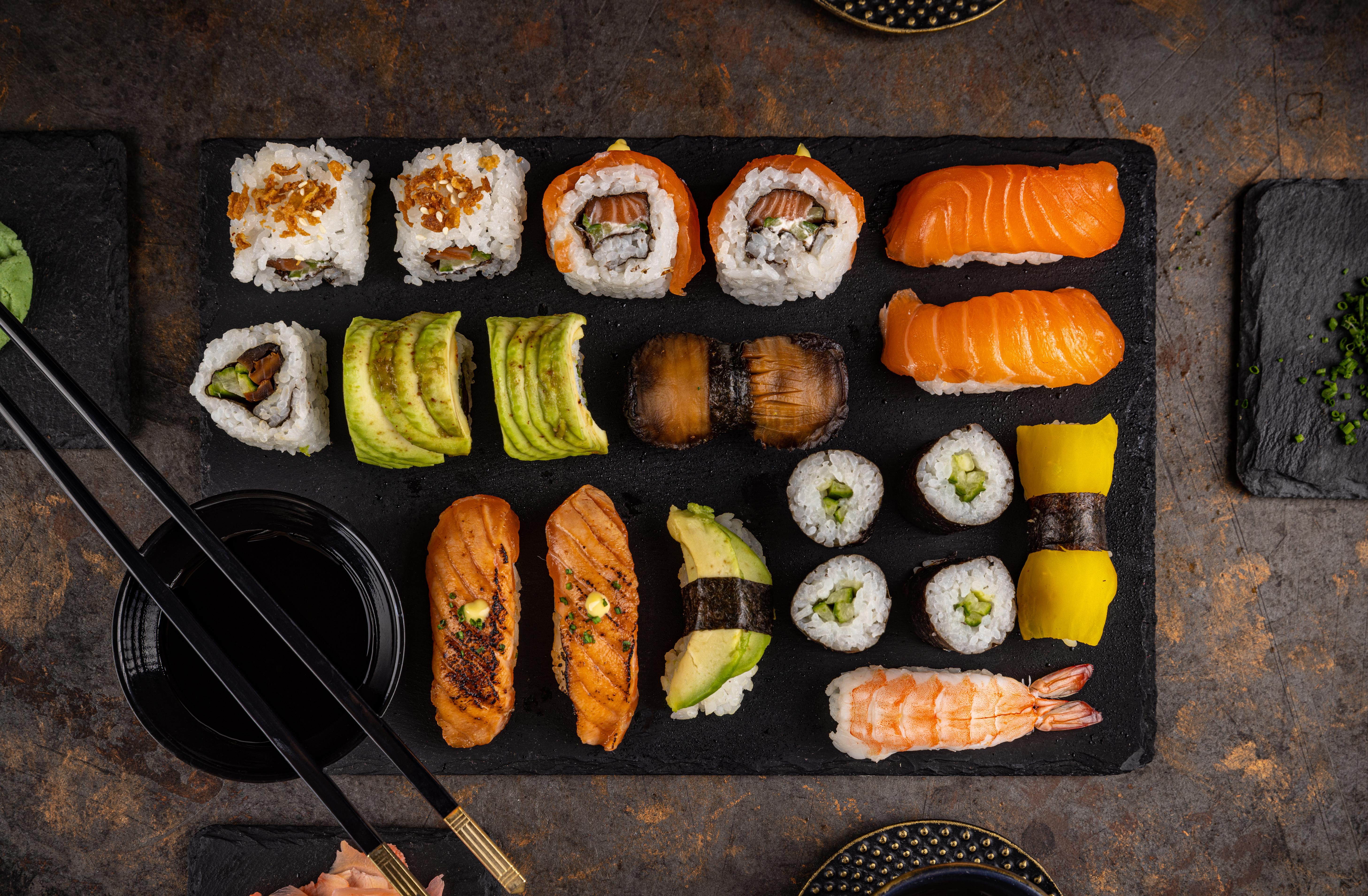
Sushi is a diverse culinary category with numerous varieties, each offering unique flavors and textures. Nigiri, sashimi, maki, and temaki are just a few of the popular types of sushi, each with its distinct preparation and presentation. Nigiri consists of a slice of fish atop a small mound of rice, while sashimi is simply thinly sliced raw fish served without rice. Maki, or sushi rolls, are wrapped in seaweed and can include a variety of fillings, from traditional fish to modern ingredients like avocado or cream cheese. Temaki, or hand rolls, are cone-shaped and designed to be eaten with the hands. Regional specialties further enrich the sushi landscape. In Osaka, for example, oshizushi, or pressed sushi, is a popular style where fish and rice are pressed into a rectangular shape using a wooden mold. In Hokkaido, the northernmost island of Japan, sushi features an abundance of fresh seafood, including crab, sea urchin, and salmon roe. Exploring these regional variations offers a deeper appreciation for the diversity and creativity within the world of sushi, showcasing the adaptability and innovation that characterize this beloved cuisine.
6. The Evolution of Sushi in the West
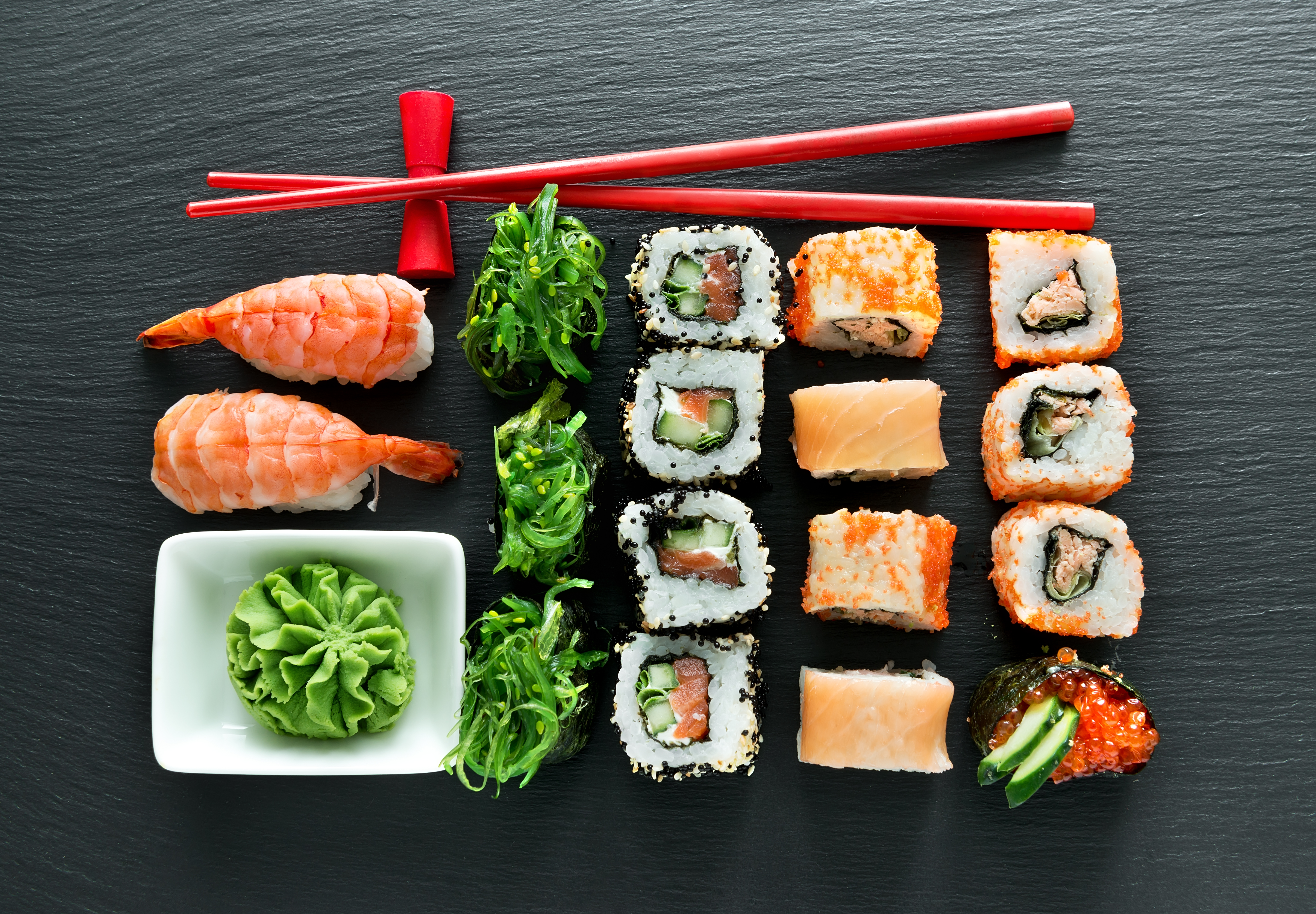
Sushi's journey to the West has been marked by adaptation and innovation, leading to the creation of new sushi styles that cater to diverse palates. The California roll, for instance, is a quintessential example of Western influence on sushi. Created in Los Angeles in the 1960s, this roll features avocado, crab (or imitation crab), and cucumber, wrapped in rice and seaweed. Its inside-out design, with rice on the outside, was intended to appeal to Western diners who were initially hesitant about seaweed. The introduction of sushi to the West also led to the development of fusion sushi, which incorporates non-traditional ingredients and flavors. Sushi chefs in the West have experimented with ingredients like cream cheese, jalapeños, and even beef, creating a fusion cuisine that blends Eastern and Western culinary traditions. While some purists may argue that these adaptations stray from traditional sushi, they reflect the dynamic nature of food and its ability to evolve with cultural exchanges. The evolution of sushi in the West highlights the dish's versatility and global appeal, making it accessible to a wider audience.
7. The Philosophy Behind Sushi Dining
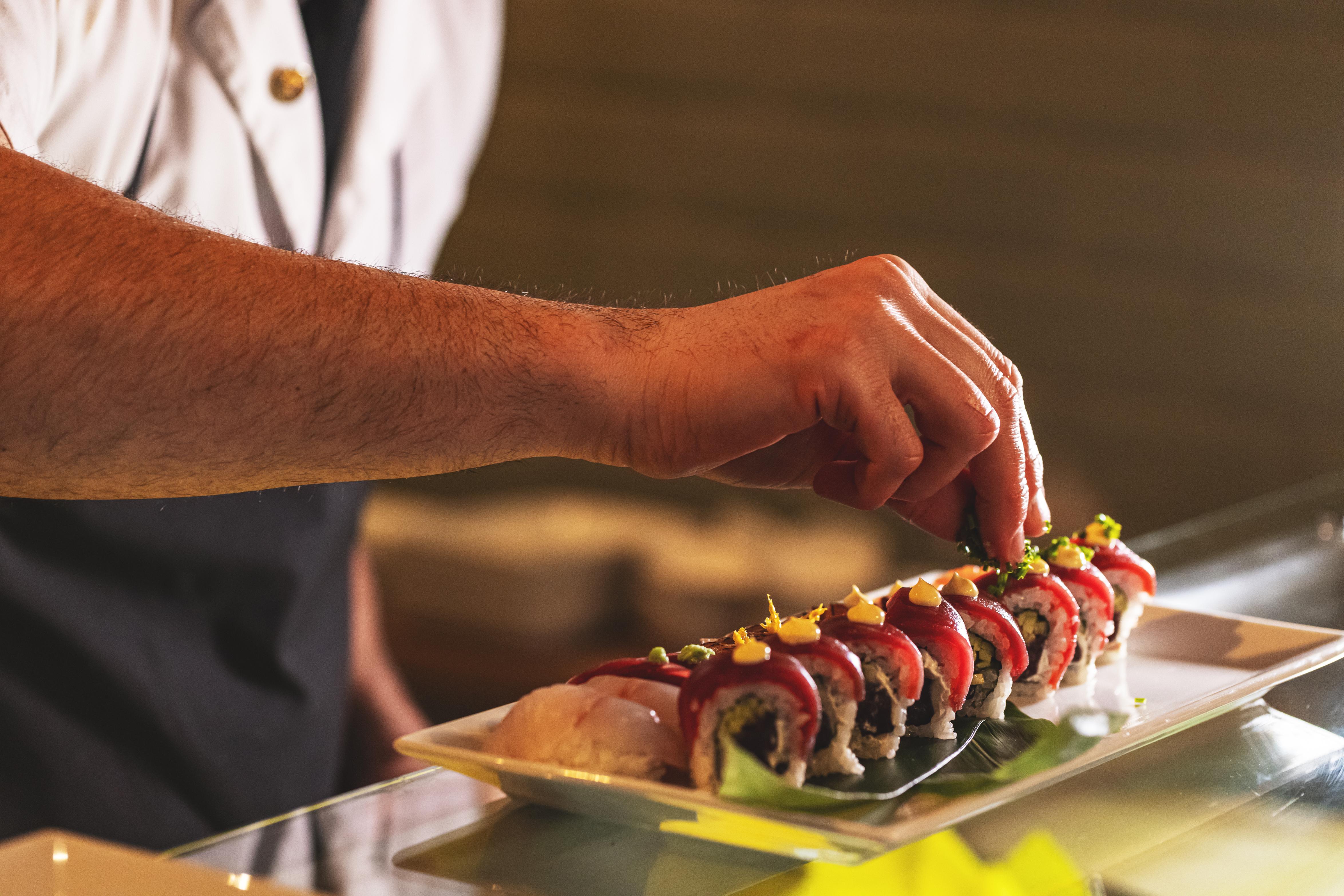
Sushi dining is not just about consuming food; it is an experience that embodies the Japanese philosophy of mindfulness and appreciation. Central to this philosophy is the concept of omotenashi, or selfless hospitality, which is evident in the attentive service and meticulous presentation of sushi. Sushi chefs take great pride in their work, striving to create an atmosphere where diners feel valued and respected. This philosophy extends to the dining etiquette, where showing gratitude and respect for the chef's craftsmanship is paramount. The practice of savoring each bite and being present in the moment is also integral to sushi dining. Unlike fast food, sushi is meant to be enjoyed slowly, allowing diners to appreciate the subtle flavors and textures of each piece. This mindful approach to eating aligns with the broader Japanese cultural emphasis on harmony and balance, encouraging diners to connect with their food and the people around them. Embracing this philosophy enhances the sushi dining experience, transforming it into a celebration of culinary artistry and cultural tradition.
8. Sushi Sustainability and Ethical Considerations
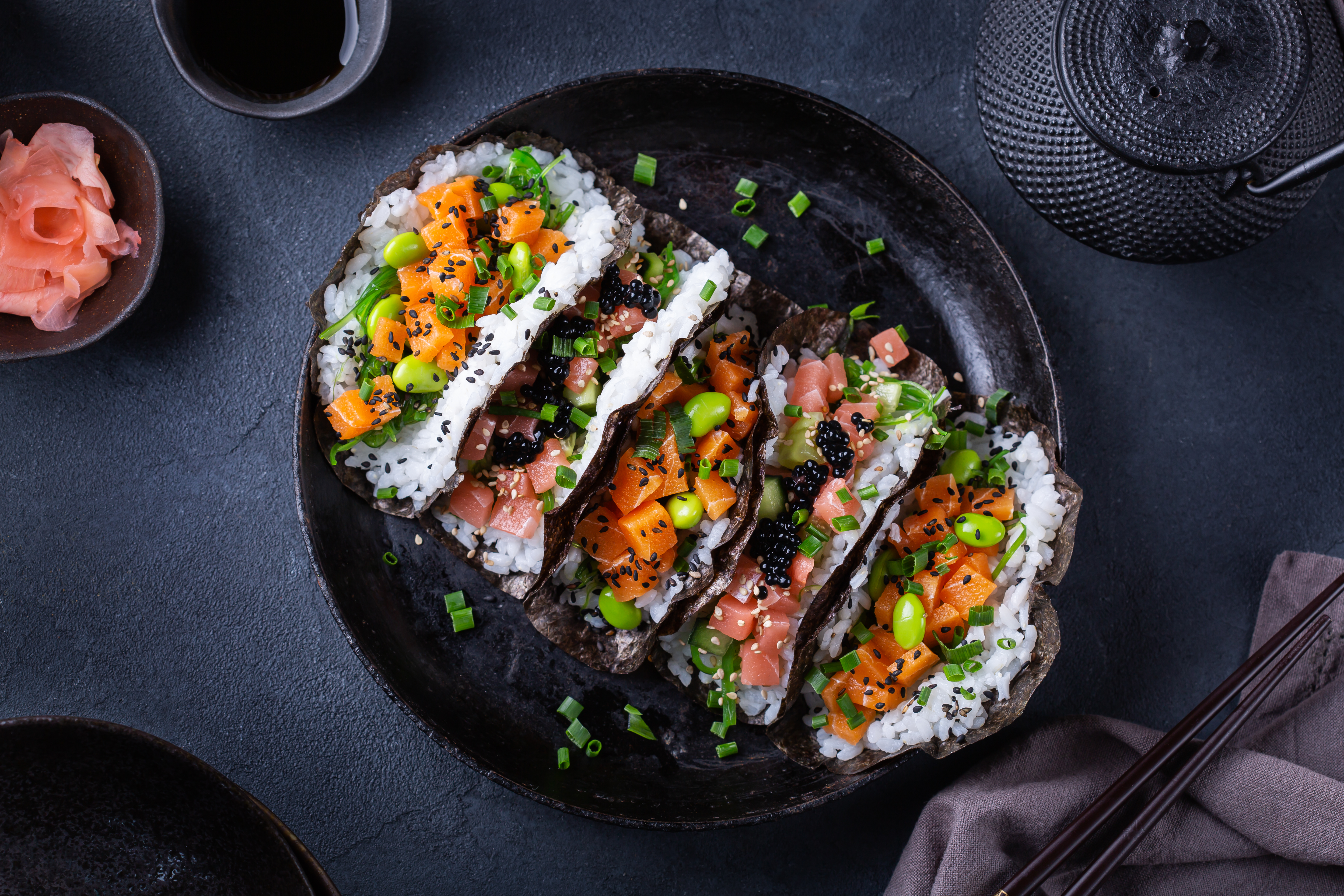
As sushi continues to gain popularity worldwide, concerns about sustainability and ethical sourcing have come to the forefront. Overfishing and environmental degradation pose significant threats to the marine ecosystems that provide the seafood essential for sushi. Responsible sushi dining involves being aware of these issues and making informed choices about the seafood we consume. Many sushi restaurants and chefs are now prioritizing sustainable practices, sourcing fish from responsible fisheries and supporting conservation efforts. Consumers can also contribute to sustainability by choosing sushi made with sustainable seafood options, such as farmed fish or species that are abundant and well-managed. Additionally, reducing food waste by ordering only what can be consumed and supporting restaurants that practice sustainability can make a difference. By prioritizing ethical considerations, sushi enthusiasts can enjoy this beloved cuisine while supporting the health of our oceans and the communities that depend on them.
9. The Cultural Significance of Sushi

Beyond its culinary appeal, sushi holds deep cultural significance in Japan, symbolizing tradition, craftsmanship, and social connection. Sushi is often associated with celebrations and special occasions, bringing people together to share in the joy of good food and company. The act of preparing and serving sushi is a form of artistic expression, reflecting the chef's dedication to their craft and their respect for the ingredients. Sushi's cultural significance extends to its role as an ambassador of Japanese cuisine and culture on the global stage. As sushi has gained international popularity, it has become a symbol of Japan's culinary heritage and a means of cultural exchange. Through sushi, people around the world have the opportunity to experience a taste of Japan's rich history and traditions, fostering greater understanding and appreciation for the country's cultural contributions. The cultural significance of sushi elevates it beyond a mere dish, making it a cherished part of Japan's identity and a beloved global cuisine.
10. Sushi in Popular Culture
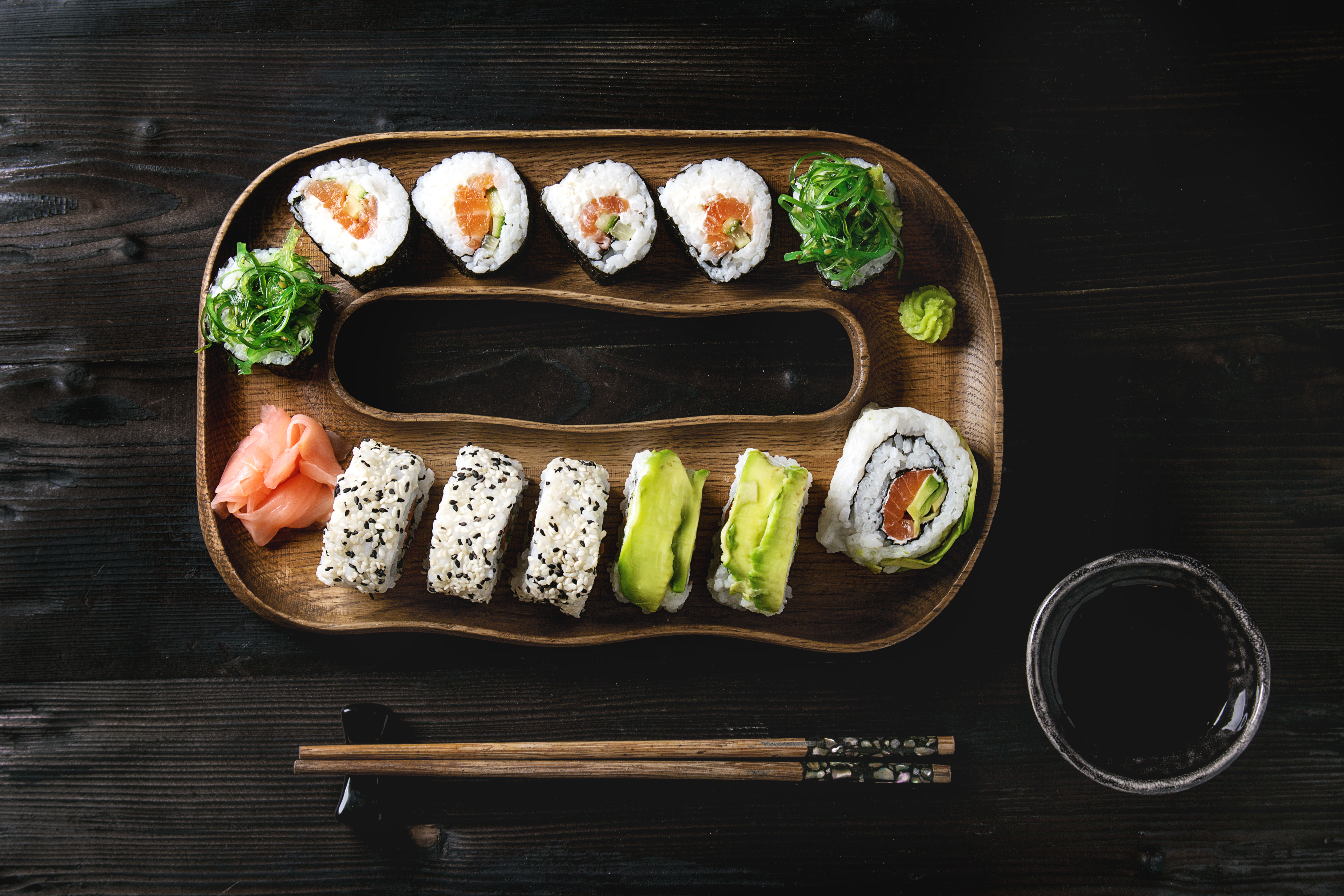
Sushi's influence extends beyond the dining table, permeating popular culture in various forms. From films and television shows to art and literature, sushi has become a symbol of sophistication and cosmopolitan living. Its aesthetic appeal and association with Japanese culture have made it a popular motif in visual media, often used to convey themes of elegance, precision, and cultural fusion. In the world of cinema, sushi has been featured in films that explore themes of identity, tradition, and modernity. Documentaries like "Jiro Dreams of Sushi" offer an intimate look at the dedication and artistry of sushi chefs, highlighting the discipline and passion that define their craft. Sushi's presence in popular culture reflects its status as a cultural icon, bridging the gap between tradition and innovation, and captivating audiences worldwide. Its role in popular culture underscores sushi's enduring appeal and its ability to inspire creativity and curiosity across diverse mediums.
Embracing sushi's legacy involves not only savoring its flavors but also honoring the traditions and philosophies that have shaped its evolution. Whether enjoying sushi in a traditional Japanese setting or a contemporary fusion restaurant, we are partaking in a global celebration of culinary artistry and cultural exchange. As sushi continues to evolve and inspire, it remains a symbol of connection, creativity, and the shared joy of good food. Let us continue to explore, appreciate, and celebrate the world of sushi, honoring its past while looking forward to its future.







